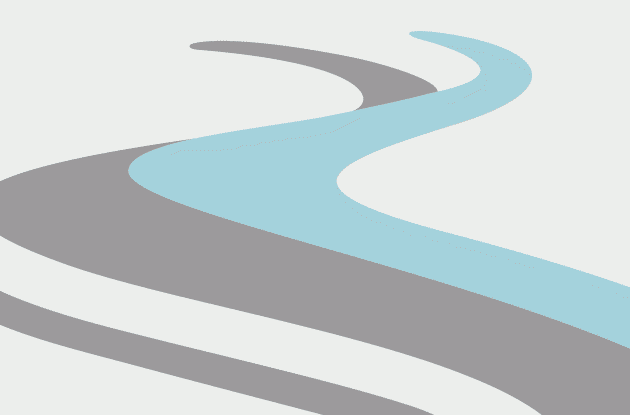Knee Pain and Bicycle Position
Wintertime is here. Many of us are indoors on stationary trainers wishing the snow would melt and dreaming of the first early season ride. Many common cycling injuries are due to poor bike positioning. Time spent on an indoor trainer can be a useful way to fine-tune your bike position and potentially avoid early season injuries.
Knee and hip pain are the most common cycling injuries, especially in the early season. The most common cause of knee and hip pain in cyclists is iliotibial band (IT band) syndrome. The IT band is a thick fibrous band of tissue, which runs on the outside of the leg from the hip to the knee. Pain is caused when the band becomes tight and rubs over the bony prominences of the hip (greater trochanter) and/or the knee (lateral epicondyle). Tight inflexible lower extremity muscles may worsen the condition. Pain may also be caused by inappropriate seat position, saddle position, cleat alignment, or by individual cyclist anatomy.
There are several different ways to determine proper seat height. The easiest way to do this is to allow one pedal to drop to the 6 o'clock position and observe the angle of flexion in the knee joint. There should be a 25-30 degree flexion in the knee when the pedal is at the bottom most point. Another method is to measure your inseam (in centimeters) and multiply this measurement by 0.883. This should be your distance from the top of the seat to the center of the bottom bracket. Your hips should not rock back and forth when you pedal ? that means your legs have to stretch to far to reach the bottom of the pedal stroke. If your hips rock when pedaling, lower your saddle until you achieve a smooth pedal stroke.
Seat fore/aft position and cleat position may also contribute to knee pain. Saddles that are too far back cause the cyclist to reach for the pedal and stretch the IT band with resultant knee pain. Saddle position can be evaluated with the ?plumb bob technique?. Seated with the pedal in the 3 o?clock position, a ?plumb? hung from the most forward portion of the knee, should intersect the ball of the foot and the axle of the pedal.
Cleats that are too far internally rotated may cause increased stress to the IT band as it crosses the outside of the knee. Cleats should be positioned fore/aft so that the ball of your foot is directly over the axle of the pedal. Rotational cleat position can be evaluated by use of a commercial/bike shop ?fit kit? or rotational adjustment device ? this is more important for cleats with less than 5 degrees of float. Most newer road cleats allow greater degrees of float to protect your knees.
Finally, individual cyclist anatomy may contribute to knee and hip pain. Cyclists with leg length discrepancies may develop knee pain as only one side is correctly fitted to the bicycle. This leads to increased stress inside the knee and hip joints on the improperly fitted side. Cyclists with flat feet may be more prone to excessive pronation (internal rotation) of the lower extremity causing greater stress on the IT band at the knee. Orthotics (anatomic shoe inserts crafted by podiatrists) may correct the alignment of the knee and decrease or prevent medial or lateral rotational stress on the connective tissue of the ankle, knee or hip, thus reducing the pain.
In order to minimize knee and hip pain in the early season, take it easy for the first few weeks. Pedal with low resistance and a cadence of 80-90rpm allowing your body to adjust again to road riding, and possibly a slightly new bike position. Also, try to minimize hard riding or hill work for the first few weeks. Stretching exercises of your lower extremities, especially for the gluteus and IT band will also help transition you into early season form. Remember, any changes to your bike geometry or training plan, should be done in small increments to allow your body to adapt to the new settings.
Good luck for injury free riding.
Chad Asplund, MD
- - -
Dr. Asplund is a family physician and avid competitive cyclist who treats sports related injuries in the Washington, DC area. Send your cycling injury and health-related questions to info@roadcycling.com. Dr. Asplund will answer selected questions in future articles.








